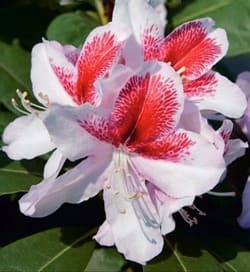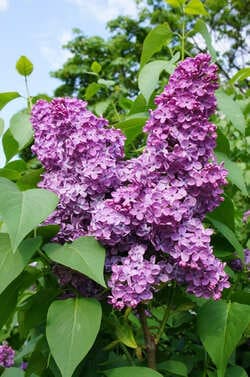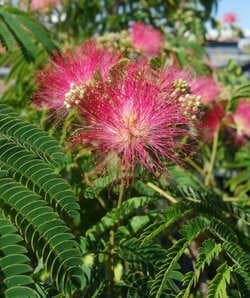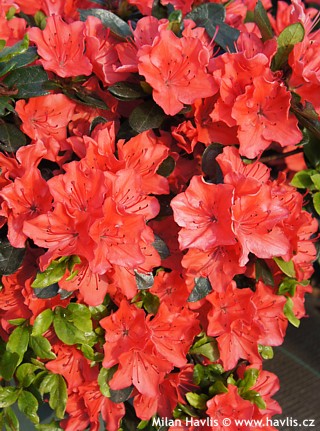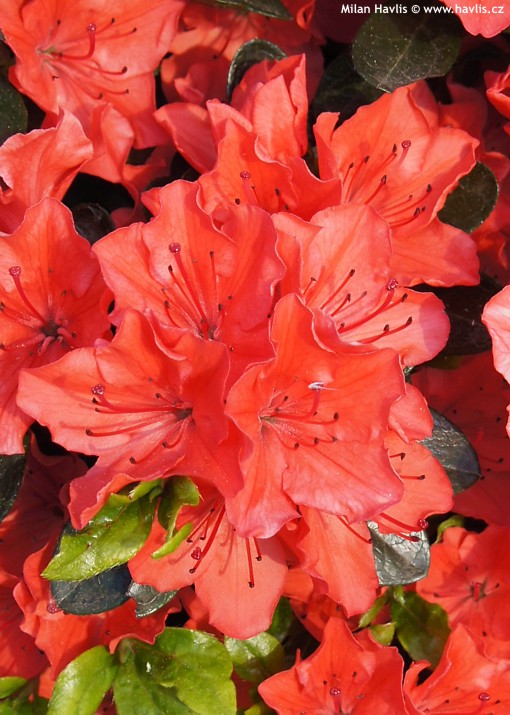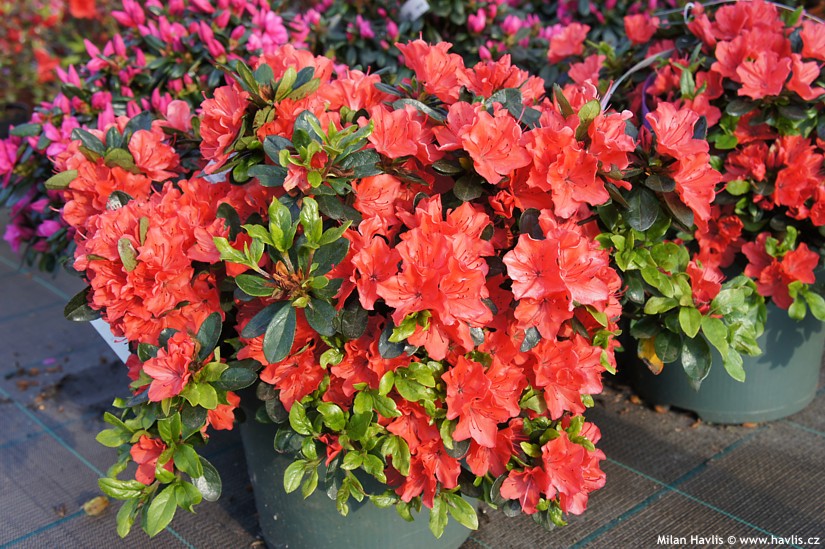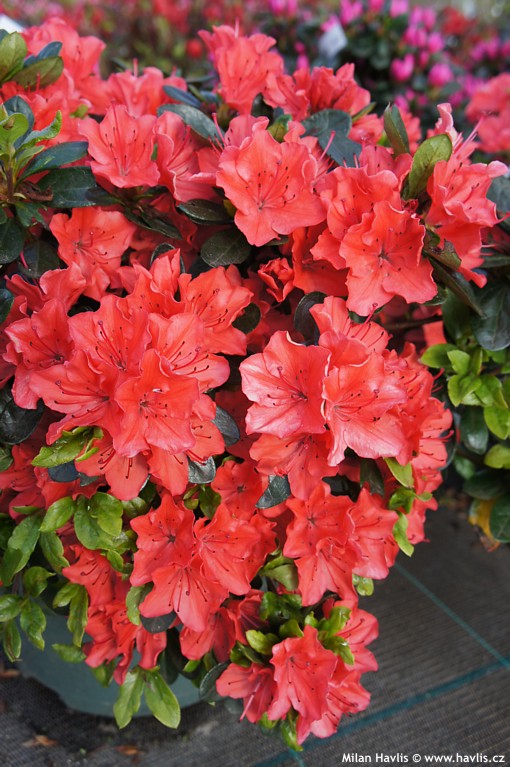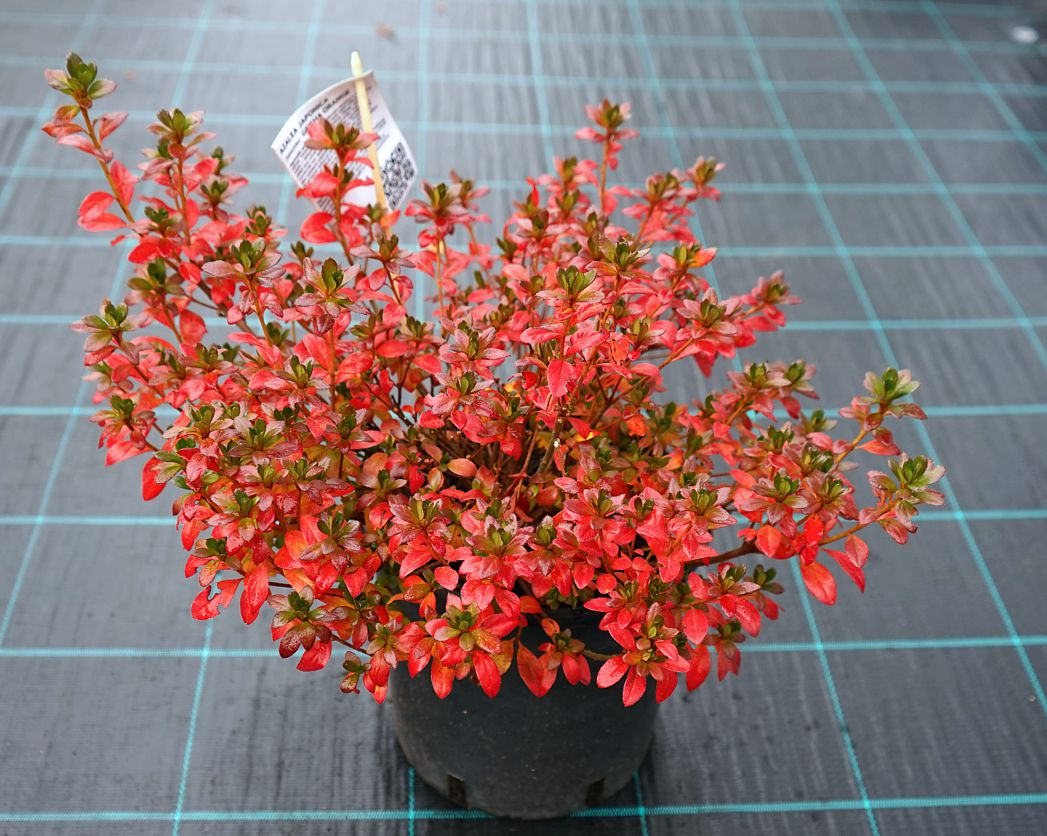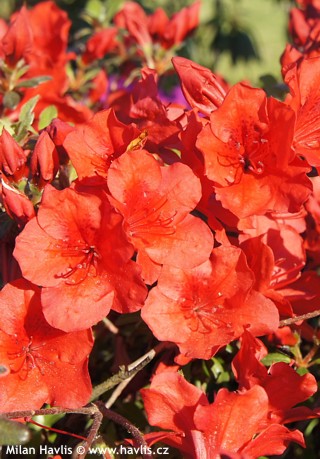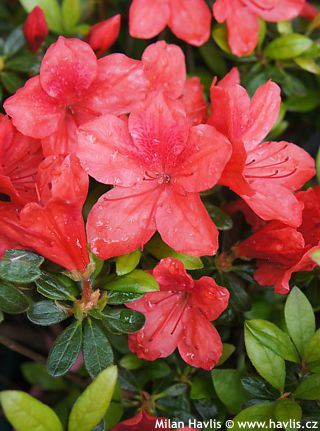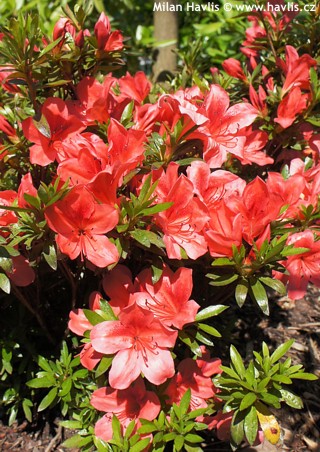Azalea japonica 'Satschiko' GEISHA ORANGE Japanese azalea
Azalea
Japanese azaleas are very popular features of our gardens. W.Arends, descendant of famous Georg Arends (1863-1952) who was a botanist and gardener and is renowned especially for his astilbe hybrids that gained his name as arendsii, followed his success and bred a series of evergreen azaleas called Geisha. It was in 1960 when he put together 6 varieties (Haruko, Hiroko, Kazuko, Kumiko, Michiko a Takako), yet the most popular one came 11 years later - in 1971 when he introduced Satschiko, a variety which was closest to orange colour, a shade that so far appears impossible in the world of evergreen azaleas.
Satschiko azalea is sold under a trade name Geisha Orange and is really very close to orange. It has very soft red flowers with salmon orange tones. They open from late April and bloom for almost 3 weeks. Evergreen leaves are small, oval, dark green, and glossy. Geisha Orange azalea forms a compact and low cushion-like shrub.
Japanese azaleas can be clipped to shapes in early June. If so, do not use fertilizers enhancing growth rate. The size of new branches would get out hand and spoil the shape you are going to achieve. They need light, permeable soil that is acid, constantly moist (keep azaleas mulched at all times) and moderately fertile. Use fertilizers for rhododendrons and azaleas, or ericaceous plants. The best soil mix is 1/3 of peat, 1/3 of leaf-mould or lime-free compost, and 1/3 of soil from the hole where you are going to plant it. Azaleas have shallow roots, so do not plant them too deep. It is hardy to about -27°C (USDA zone 5b).
Last update 26-01-2016
Goods are shipped all over Europe. For Russia and U.K. and for further details please read about SHIPPING OPTIONS HERE.
Are you interested in a serious discount for orders NOV-FEB? Check your options here.
THE PRICES INCLUDE VAT of 15%. For quick conversion you can use 1 CZK = approx. 0.04 EUR
- STANDARD QUALITY - Plants of this group are 1st class quality with number of branches and overall density adequate to their size and age, considering they were container grown.
- DE LUXE QUALITY - This label guarantees a luxurious quality of manually selected plants that, compared to their height and age, are exceptionally dense and beautiful.
- EXTRA - These plants are usually mature and bigger specimens with exceptional overall appearance.
- STANDARD (as described in the plant form) means a tree with a trunk of 190-210 cm and a crown at the top, unless specified differently. The commercial size for trees is their girth measured in the height of 1m from ground.
- HOBBY - These plants are of the same quality as our standard-quality plants but younger and therefore cheaper.
- SHRUB - a woody plant with branches growing bushy from the ground level.
- HALF-STANDARD or MINI-STANDARD - a small tree with shorter trunk, its size is usually specified.
- FEATHERED - These are trees with branches growing already from the base of the trunk and up along the stem.
- GRASSES and PERENNIALS - Sizes given usually read the diameter of the pot or the clump, as specified.












